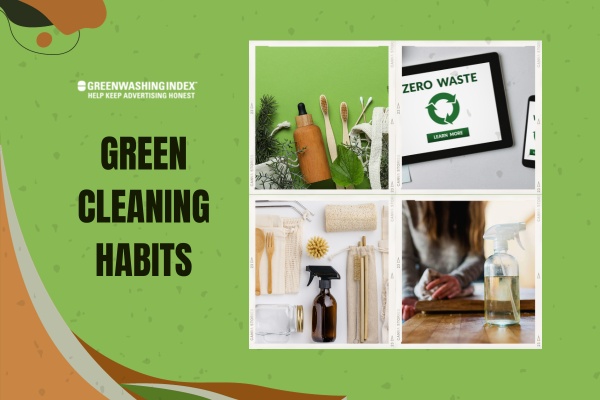Transform your garden into a vibrant haven for pollinators with these 12 effective tips! Pollinators like bees, butterflies, and hummingbirds play a crucial role in the ecosystem, and by creating a wildlife-friendly garden, you can support these essential creatures.
Get ready to cultivate a garden that not only beautifies your space but also contributes to the health of the environment. Whether you’re a seasoned gardener or just starting out, these practical tips will help you attract more pollinators to your garden!
1. Choose Native Plants
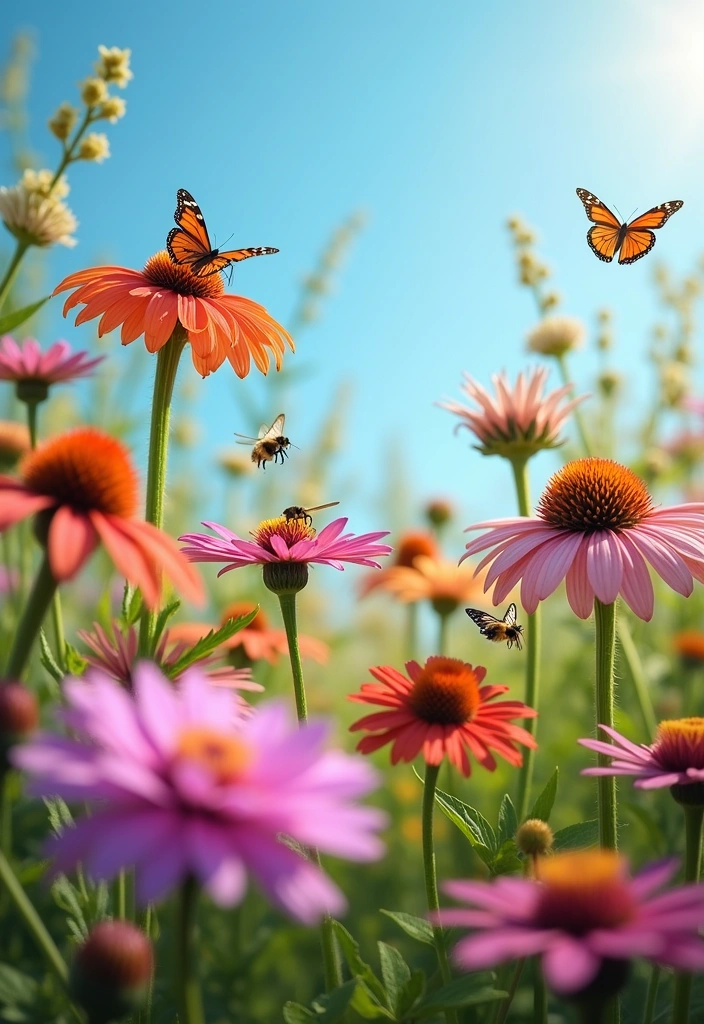
Native plants are the cornerstone of a pollinator-friendly garden. These plants are adapted to your local environment and provide essential food sources for local pollinators.
By planting species such as coneflowers, milkweed, and asters, you’ll not only support native wildlife but also require less maintenance as they naturally thrive in your area. Encourage a diverse ecosystem by incorporating a variety of heights and colors, which will attract different types of pollinators throughout the growing season.
2. Create a Water Source
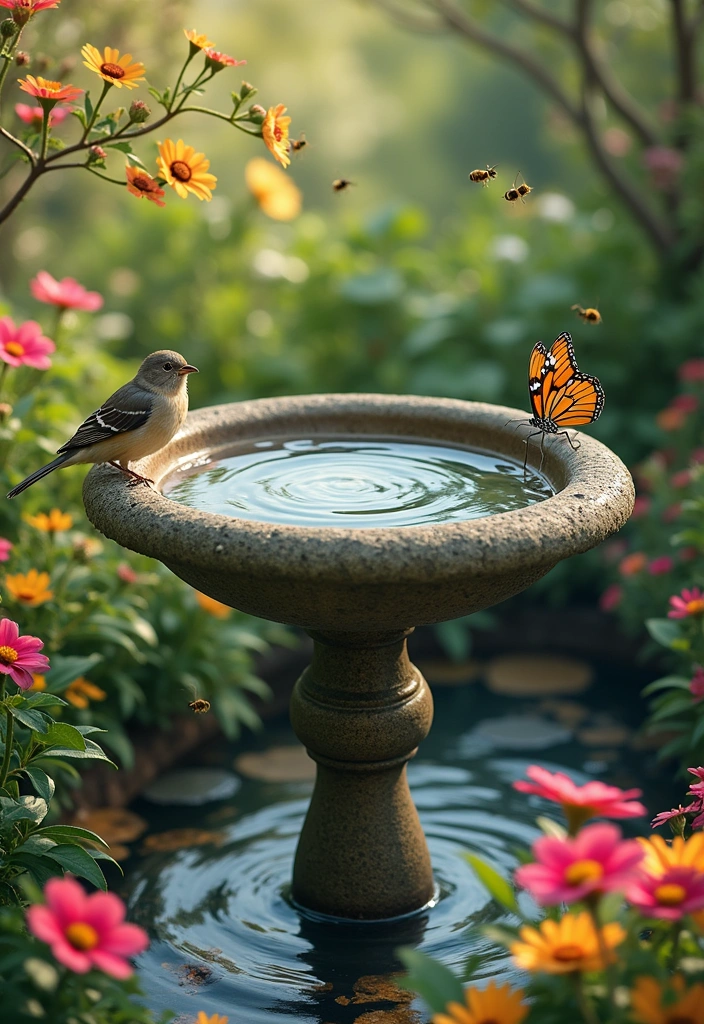
A clean water source is vital for pollinators, especially during hot summer days. Consider adding a shallow birdbath or a decorative water feature in your garden.
You can also create a simple water source by placing a shallow dish filled with water and pebbles for insects to land on. Make sure to change the water regularly to keep it fresh and free of debris, ensuring your garden remains a welcoming habitat for thirsty pollinators.
3. Avoid Pesticides
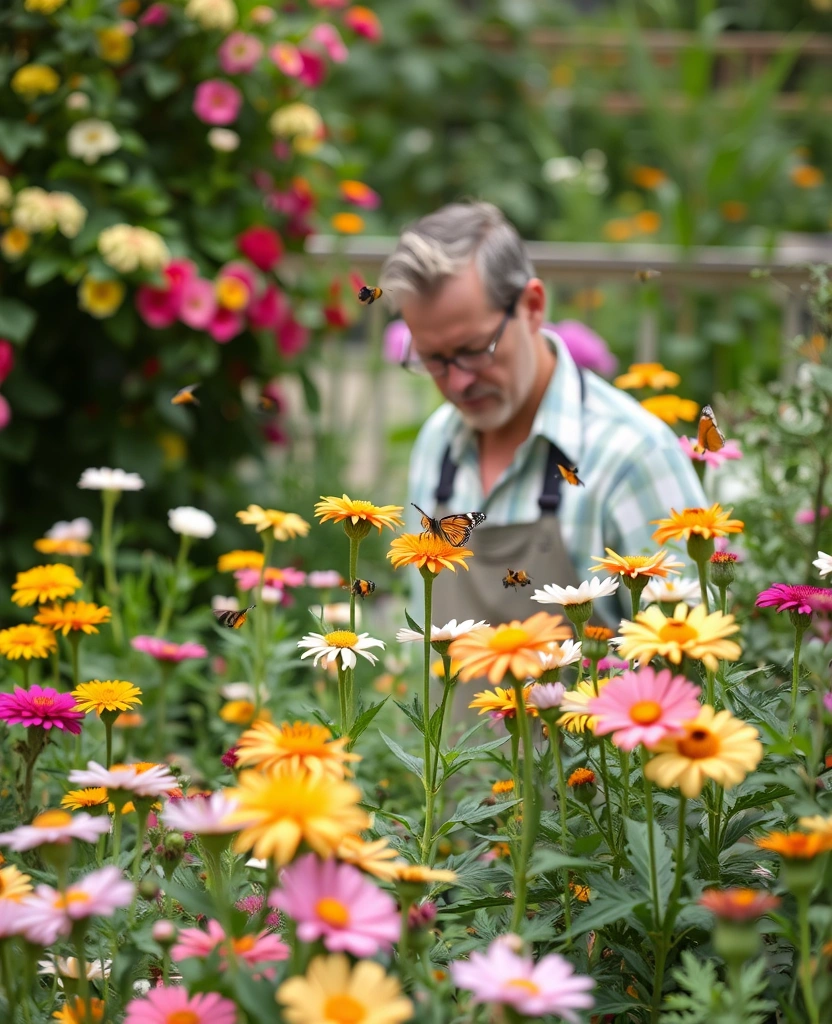
Pesticides can be detrimental to pollinators, often leading to harmful effects on their populations. Instead of chemical solutions, opt for organic pest control methods such as introducing beneficial insects or using homemade sprays made from natural ingredients.
This not only keeps your garden safe for pollinators but also promotes a healthier garden ecosystem.
4. Plant in Clusters
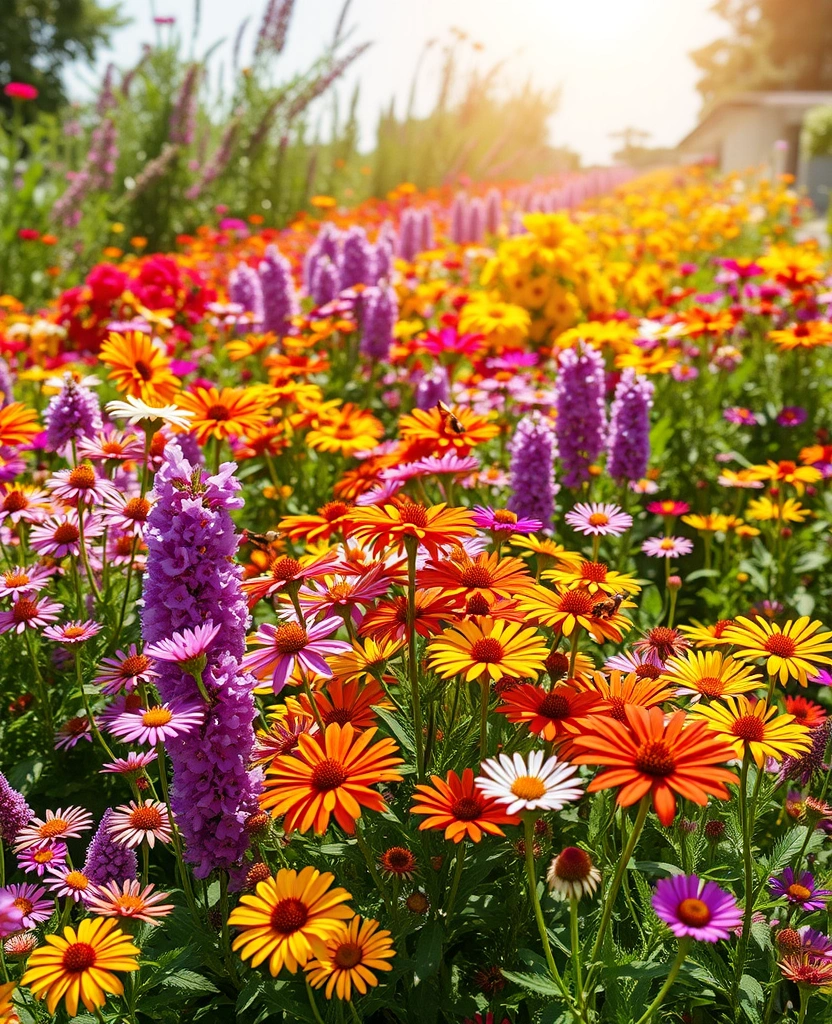
Planting in clusters can create a more inviting environment for pollinators. Instead of scattering individual plants throughout your garden, group them together to form larger patches of color.
This creates a visual feast for pollinators, making it easier for them to find food. Plus, clusters can provide better shelter and habitat for insects, encouraging them to stay longer in your garden.
5. Incorporate Different Flower Shapes
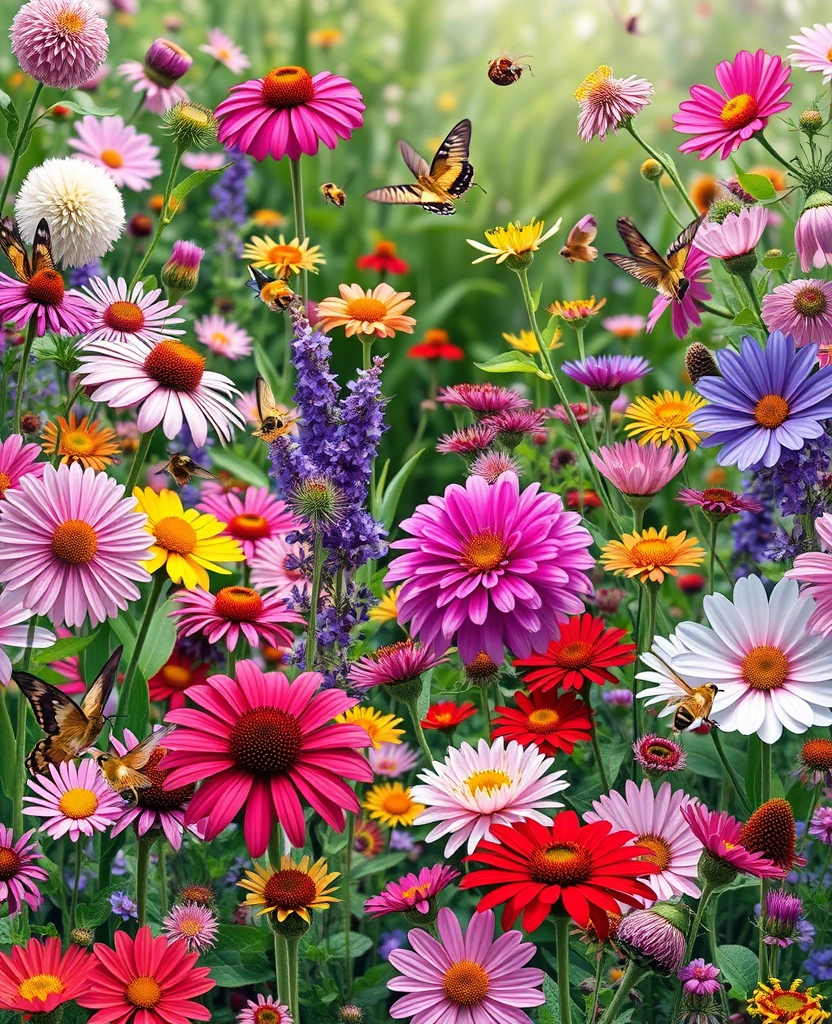
Pollinators are attracted to a variety of flower shapes and sizes. By incorporating different types of flowers, you can cater to various pollinator species.
Flat-topped flowers like umbellifers attract butterflies, while tubular flowers are preferred by hummingbirds. This diversity in flower shapes not only enhances the aesthetic appeal of your garden but also maximizes the range of pollinators visiting your blooms.
6. Provide Shelter and Nesting Sites
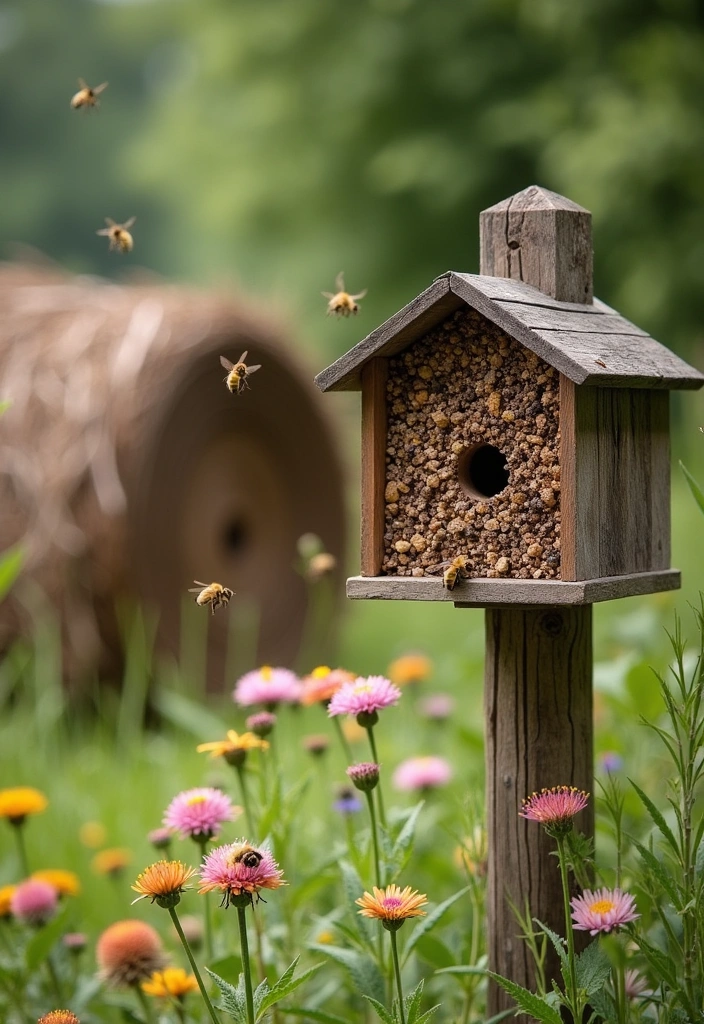
Creating shelter and nesting sites is essential for attracting pollinators to your garden. Consider adding bee hotels, leaving patches of bare soil for ground-nesting bees, or creating brush piles for butterflies and other insects to hide in.
These elements not only offer safety but also encourage pollinators to establish a home in your garden, increasing the likelihood of them returning year after year.
7. Time Your Blooms Wisely
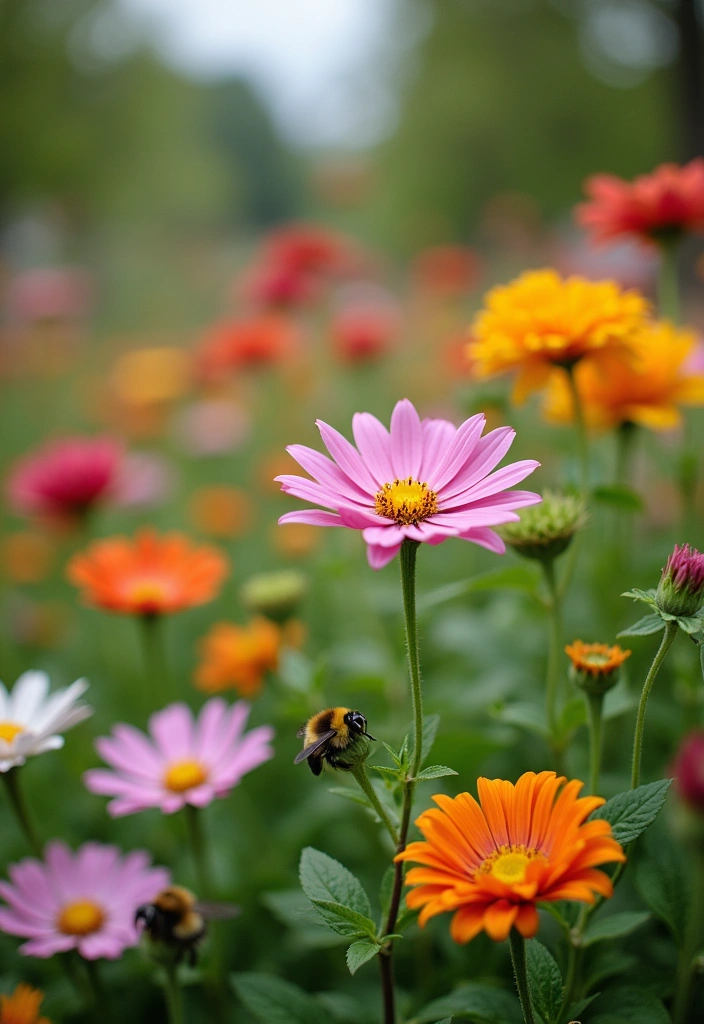
To provide a continuous food source for pollinators, timing your blooms is crucial. Select plants that bloom at different times throughout the growing season, ensuring that there is always something in flower for pollinators to enjoy.
This strategy not only enhances the visual appeal of your garden but also supports pollinator populations by providing them with a reliable food source.
8. Use Companion Planting
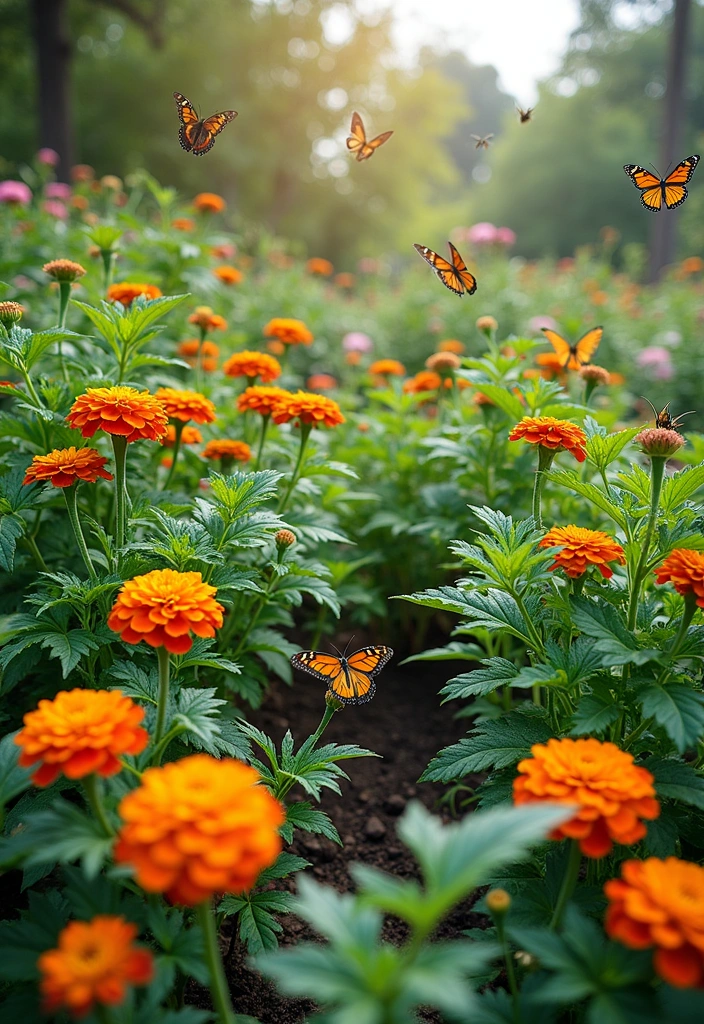
Companion planting can enhance your garden’s appeal to pollinators while maximizing plant health. Certain plants attract specific pollinators or repel pests that harm other plants.
For instance, planting marigolds can attract beneficial insects while protecting your vegetable crops. By strategically pairing plants, you create a harmonious ecosystem that benefits both your garden and the pollinators that visit it.
9. Include Herbs in Your Garden
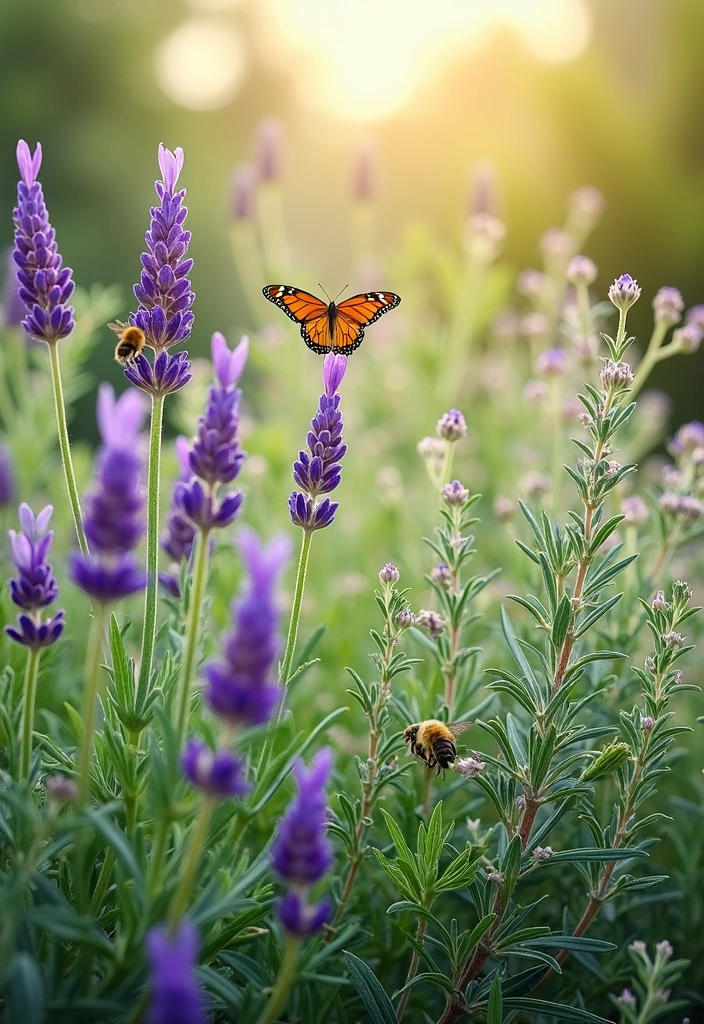
Herbs are not only useful in the kitchen but also attract a variety of pollinators. Plants such as lavender, rosemary, and thyme are known for their fragrant flowers that entice bees and butterflies.
By incorporating herbs into your garden design, you create an aromatic haven that pollinators find irresistible. Plus, herbs often thrive in the same conditions as many flowering plants, making them an easy addition to your pollinator-friendly garden.
10. Create a Pollinator Pathway
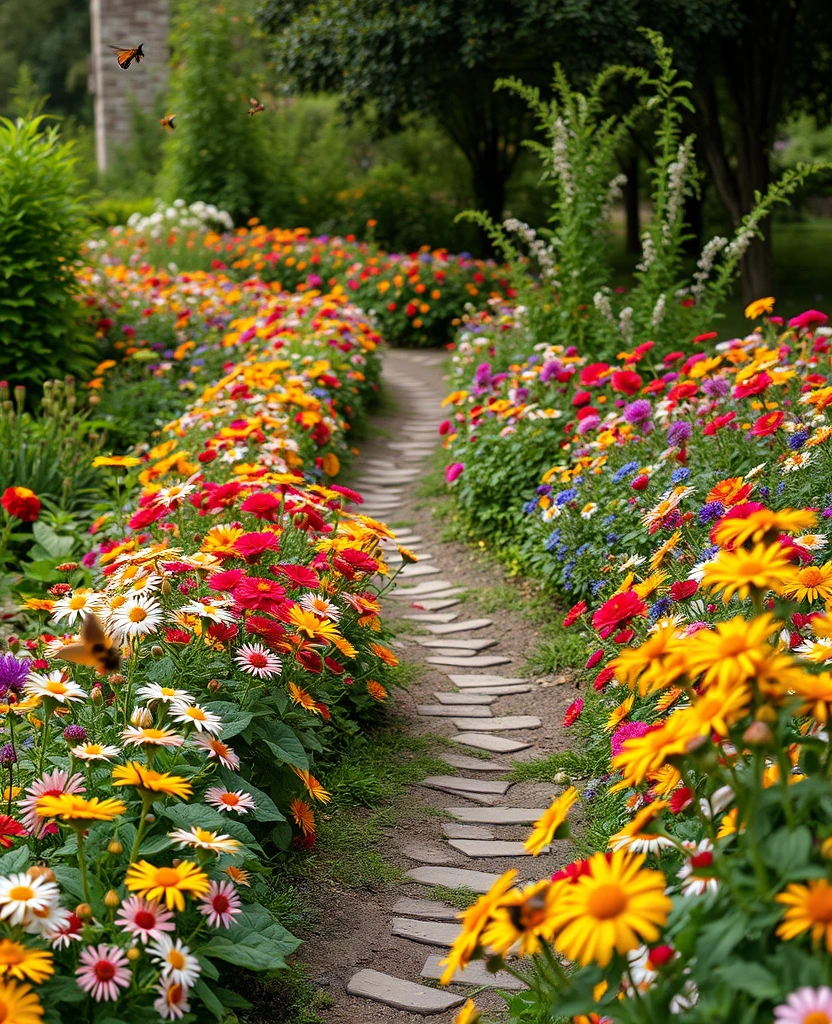
Establishing a pollinator pathway is an innovative way to connect various gardens and habitats. By planting a continuous stretch of pollinator-friendly plants, you can create a safe passage for pollinators to travel between gardens.
This not only helps individual gardens thrive but also contributes to the overall health of the local ecosystem, encouraging pollinator populations to flourish.
11. Use Natural Mulching Techniques
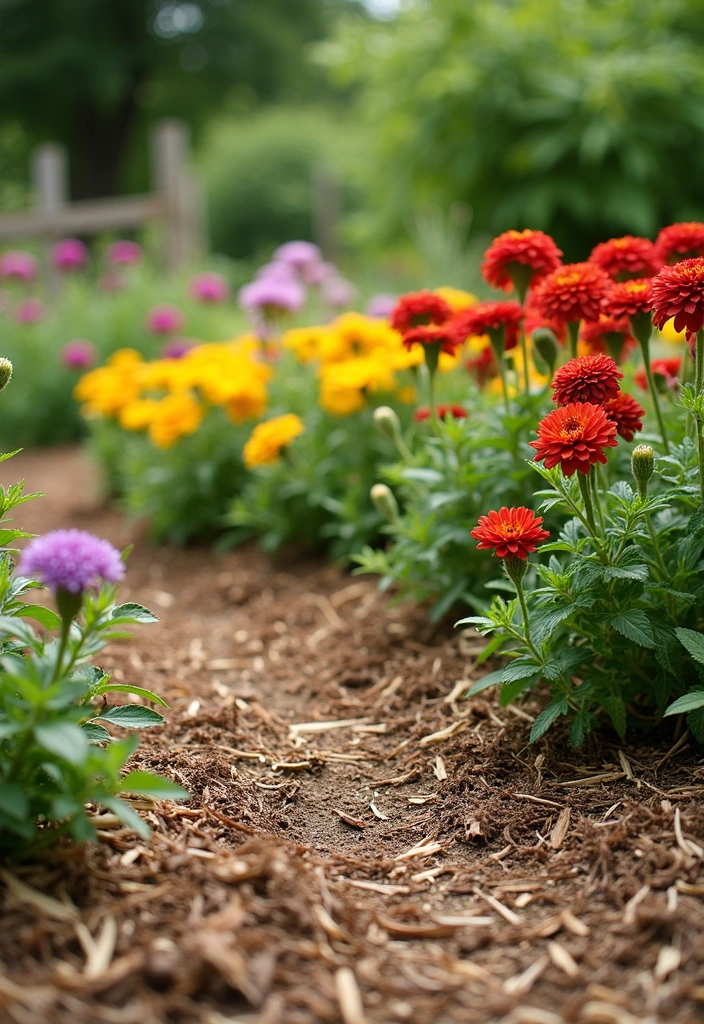
Natural mulching techniques can enhance soil health and provide a habitat for pollinators. Using materials like shredded leaves, straw, or wood chips not only suppresses weeds but also improves soil moisture and fertility.
Additionally, these materials can provide shelter for ground-nesting pollinators, making your garden a more inviting space for them to thrive.
12. Design for All Seasons
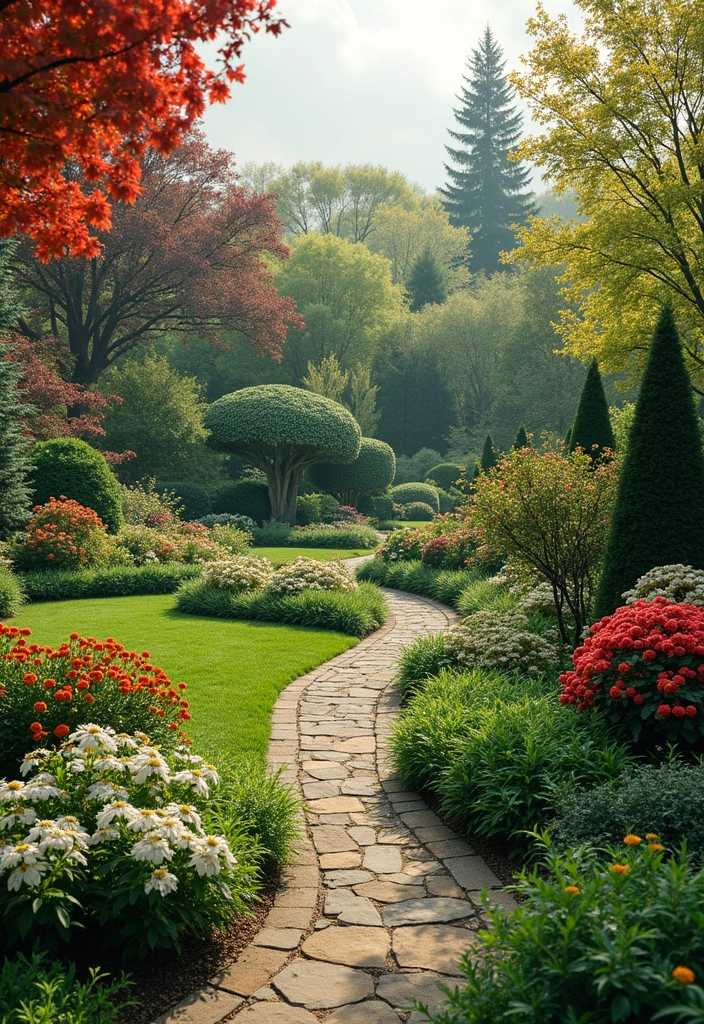
Creating a garden that offers visual interest and food sources throughout the year is key to attracting pollinators. Select plants that provide blooms or berries in various seasons, ensuring that your garden is never bare.
Incorporating evergreens and plants with interesting bark can add structure during the winter months, while summer blooms provide essential nectar during peak pollinator activity.
Conclusion
By implementing these 12 tips, you can create a stunning garden that attracts and supports pollinators. Not only will you enhance the beauty of your outdoor space, but you’ll also play a vital role in preserving these essential creatures and their habitats. Let’s work together to foster a greener, more vibrant world for both our gardens and the pollinators that enrich them!


